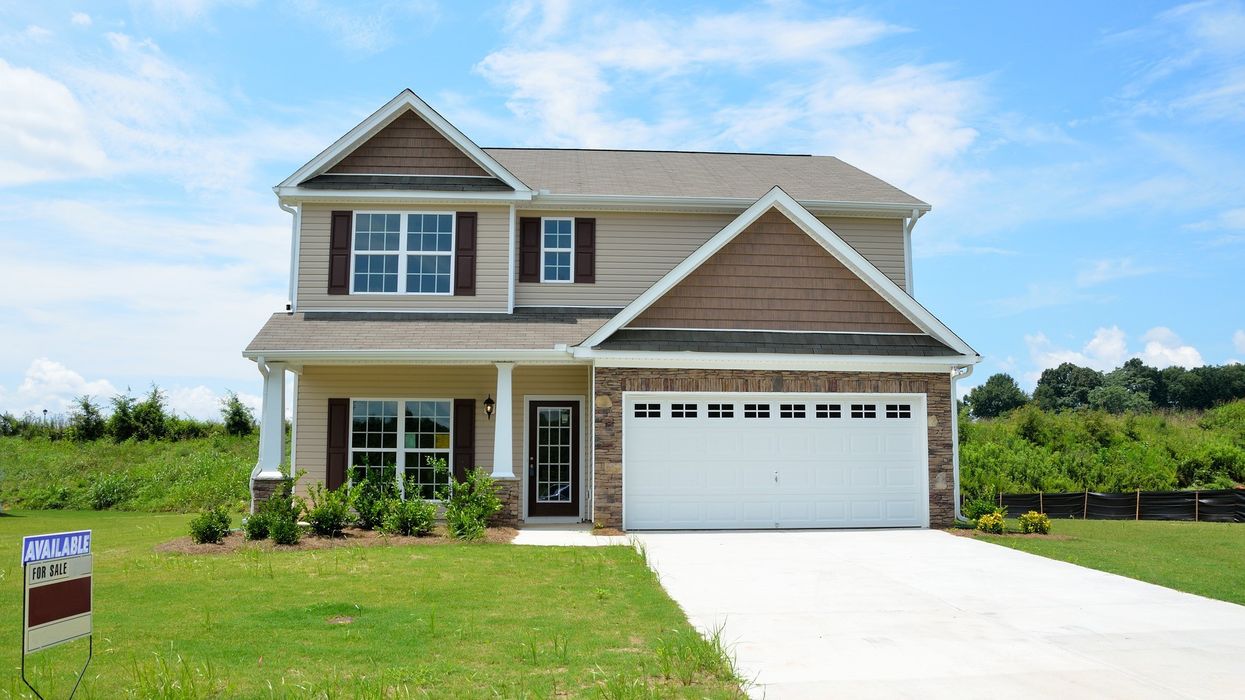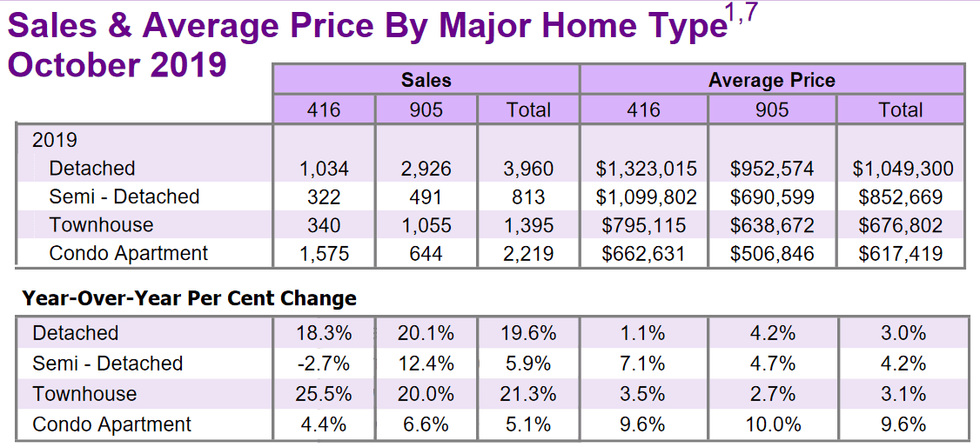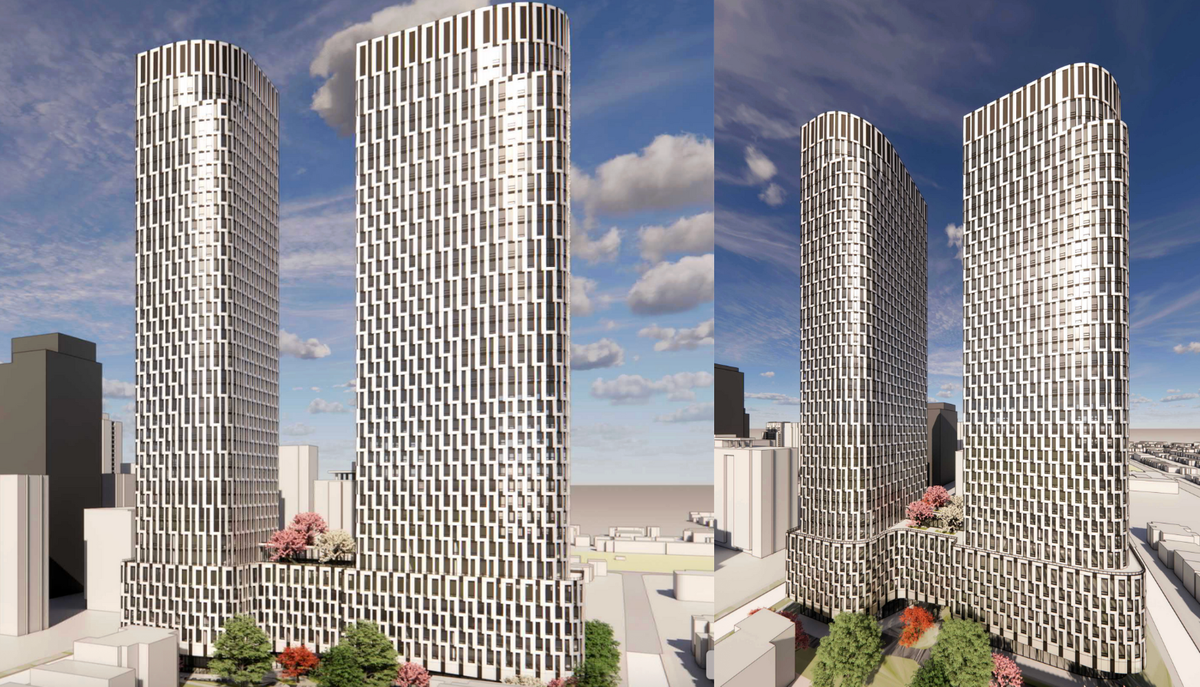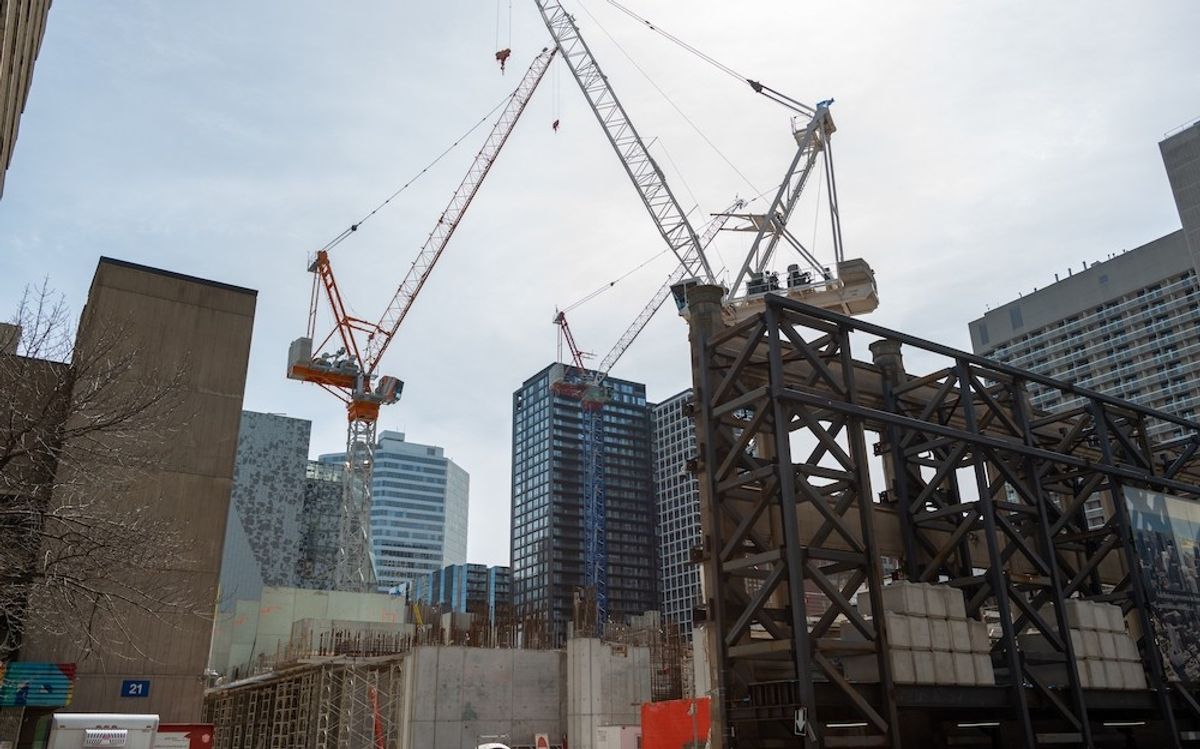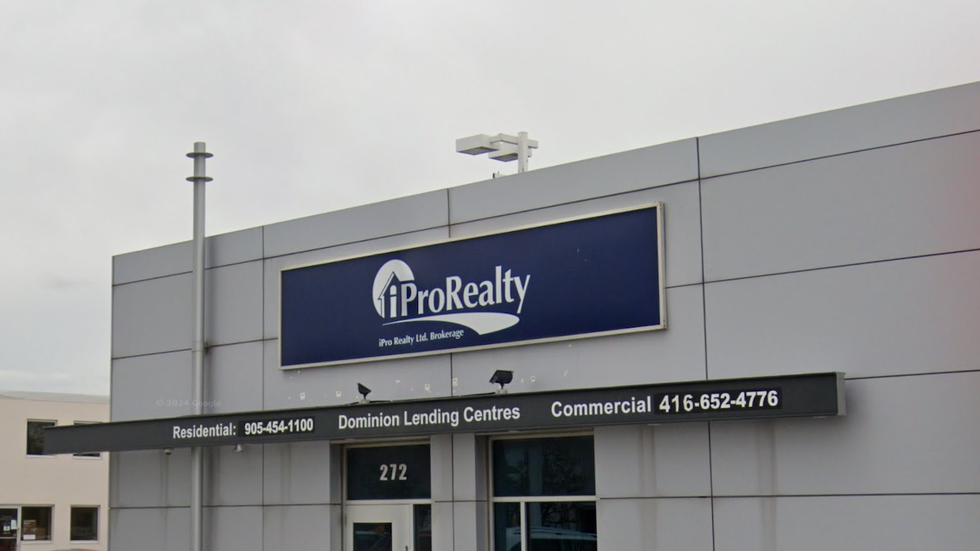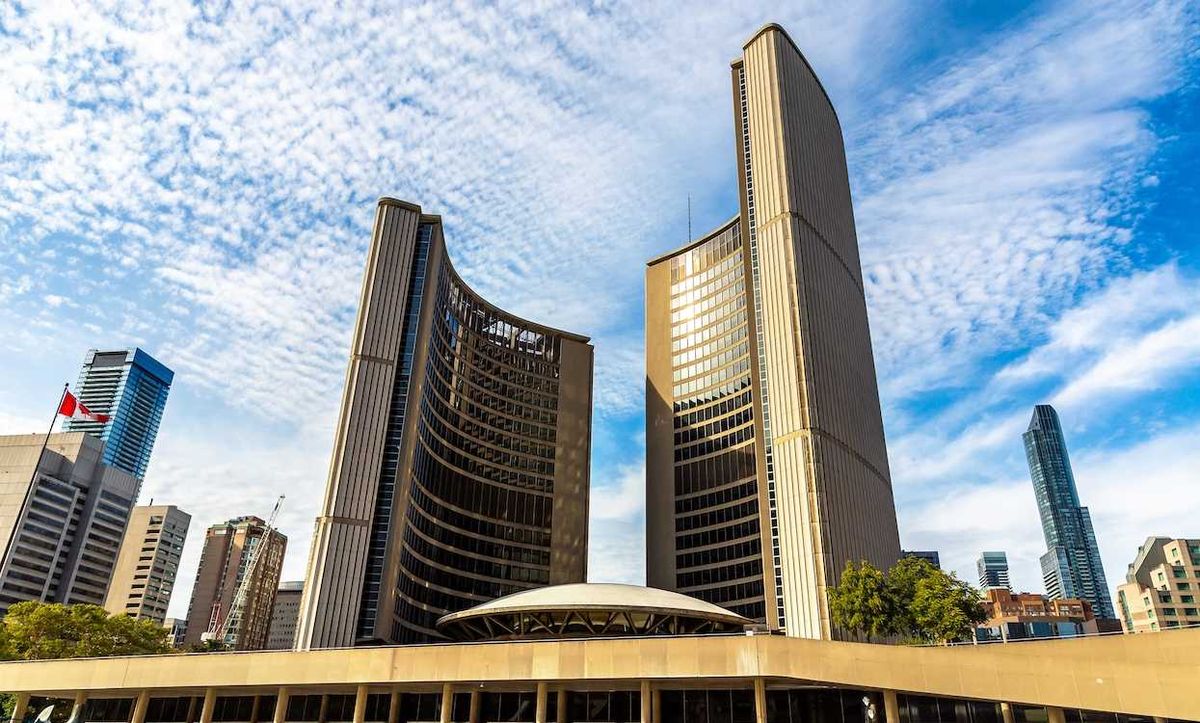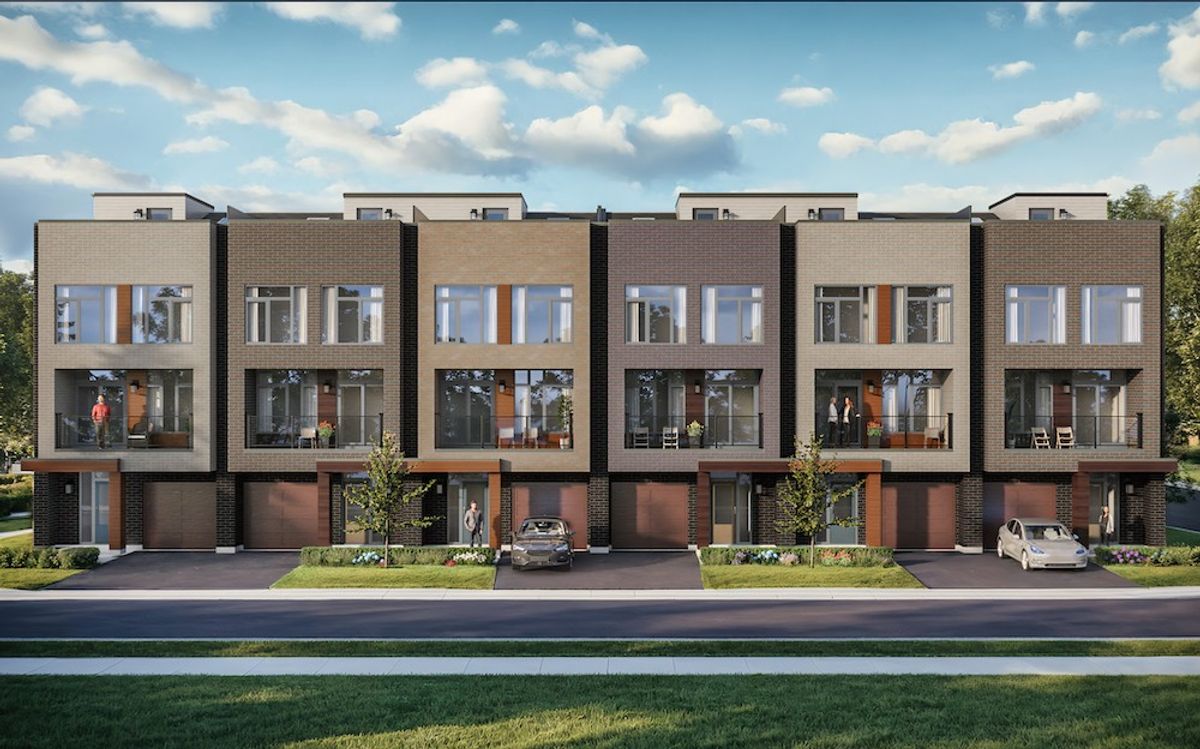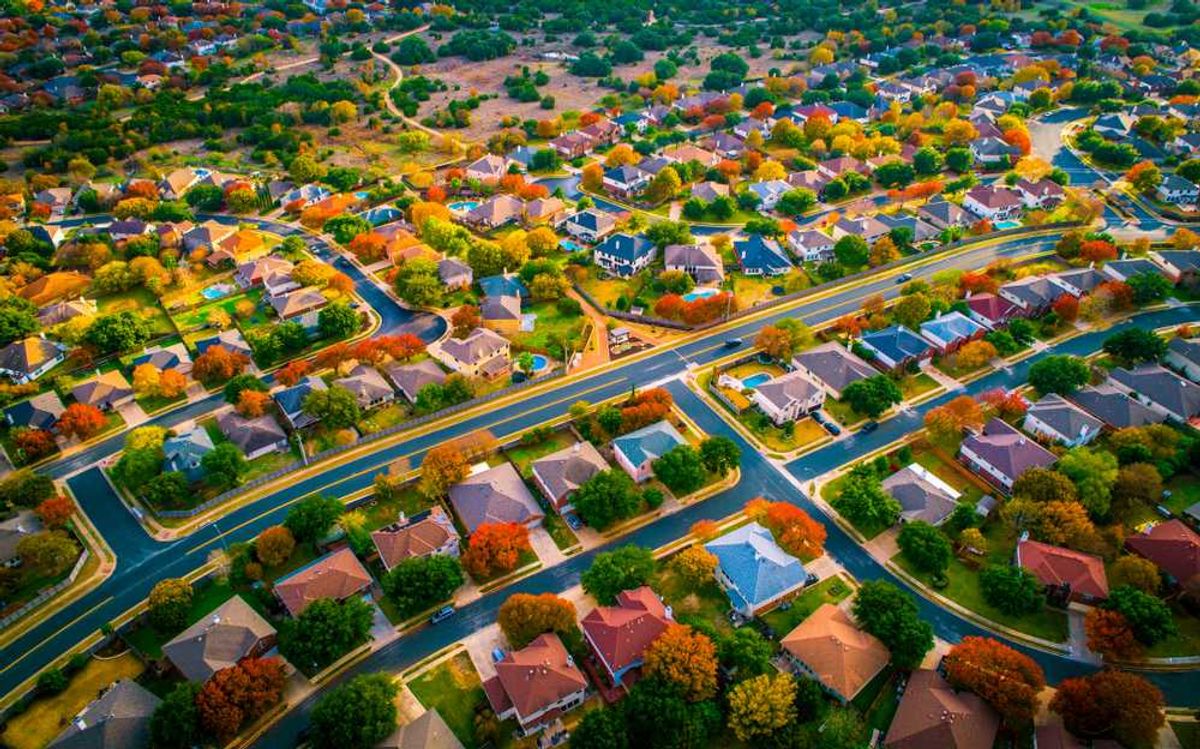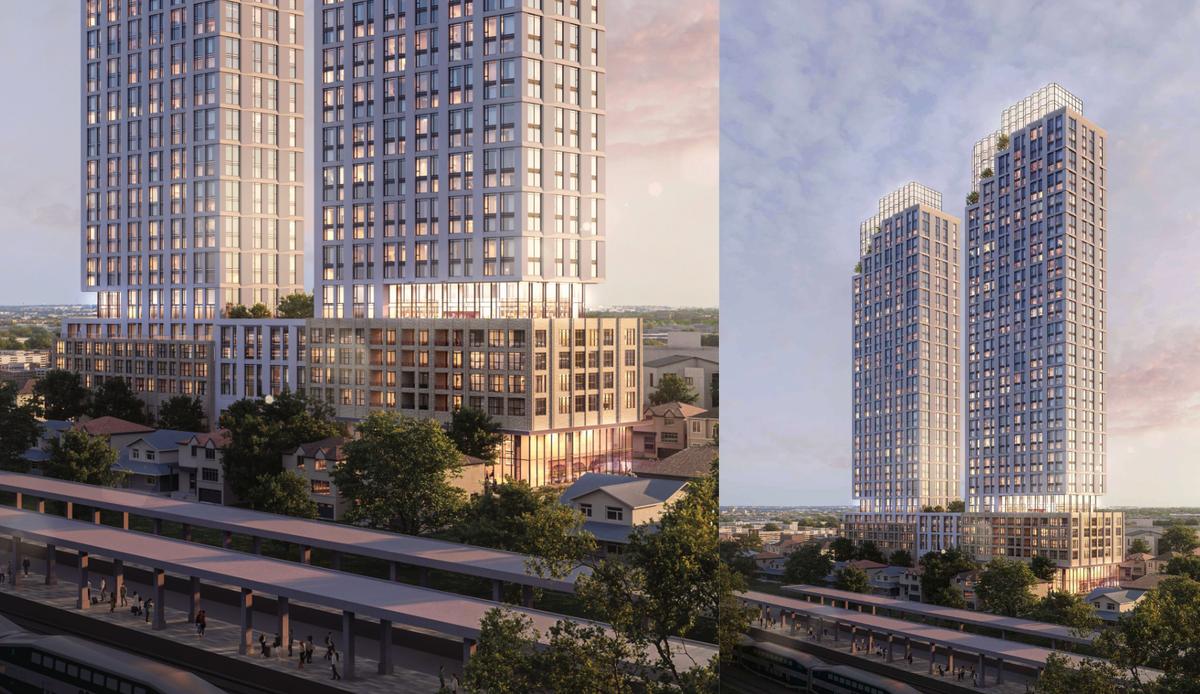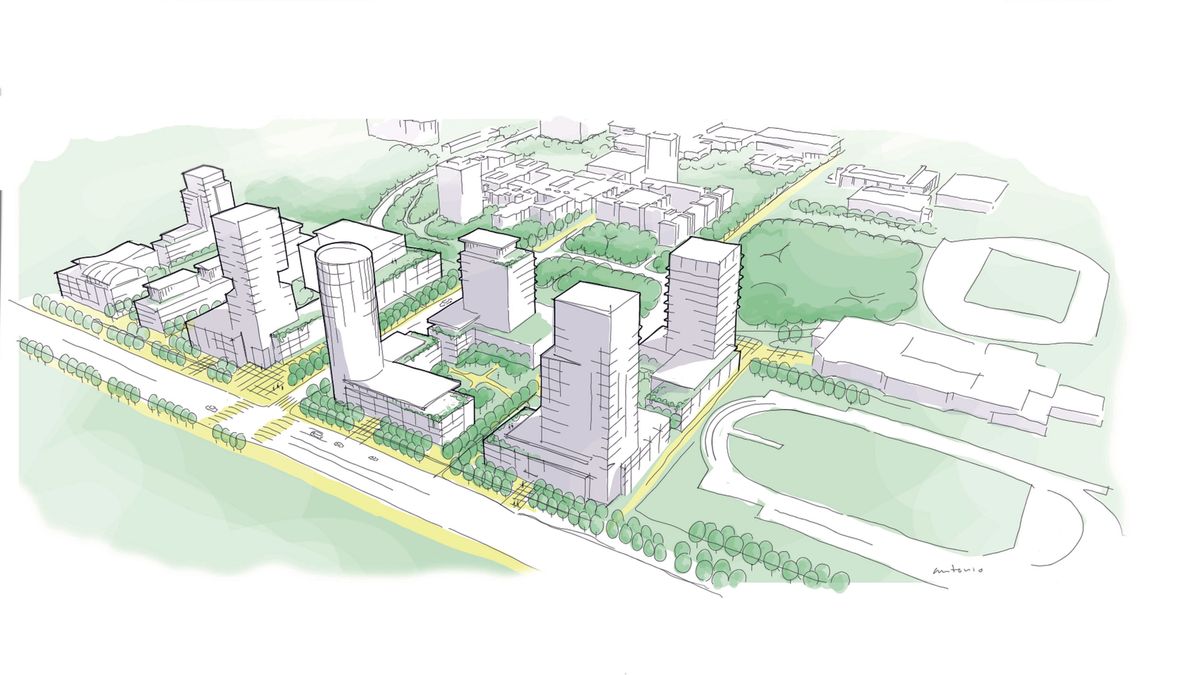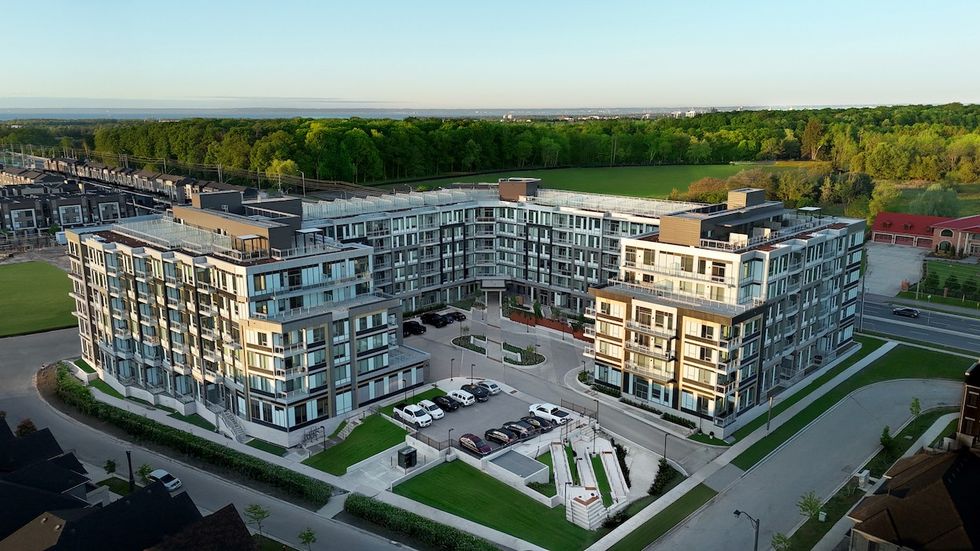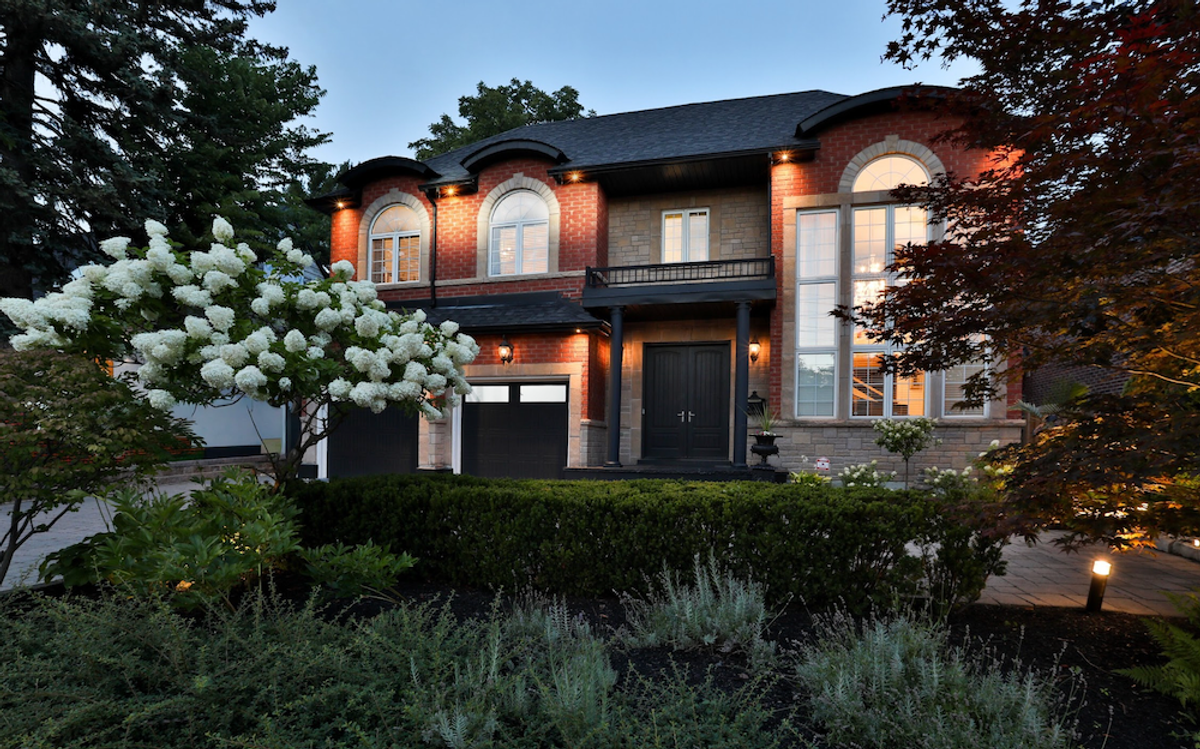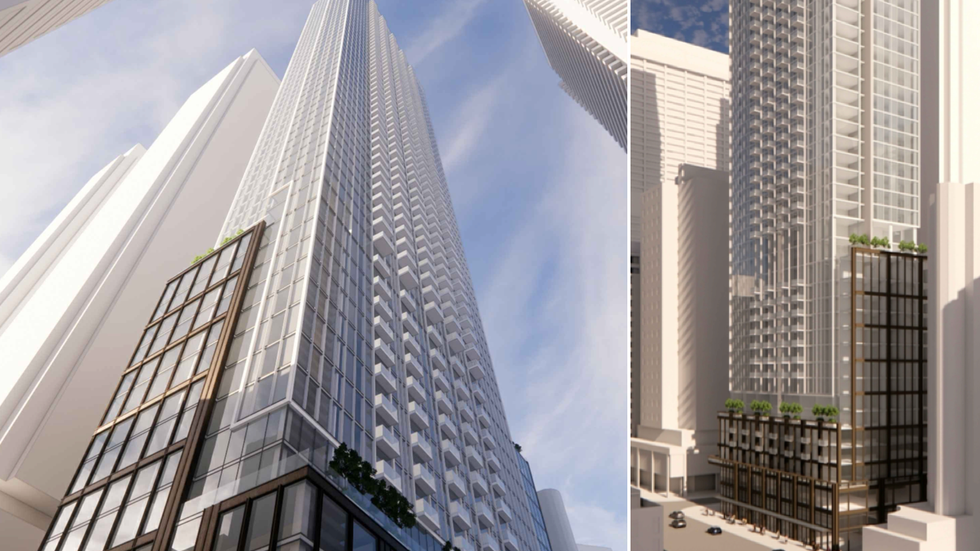October is typically a quieter time for the Greater Toronto Area real estate market, and this year was no exception, as buyers and sellers aren’t as eager to scope out open houses amid earlier nights and dropping temperatures. However, while the pace of year-over-year sales chilled slightly from September, it was still a month of booming activity compared to last year’s lacklustre conditions.
READ: The Cost Of Closing: Added Expenses Of Buying Real Estate In Toronto
The latest data from the Toronto Real Estate Board reveals a total of 8,491 homes changed hands, an increase of 14 per cent from last October. The uptick in sales activity went hand in hand with a boost to prices, too – the average home now costs $852,142, up 5.5 per cent. As well, the MLS Home Price Index, which gauges the overall value of homes sold, rose 5.8 per cent - the largest annual increase recorded since December 2017.
Lack of New Supply a Trend in Fall Market
However, while increased sales cast optimism that the market continues to recover from its 2017 – 2018 slump, it continues to be plagued by a shortage of new supply, which has tightened up competition among buyers, plunging the region firmly into a sellers’ market. The number of newly-listed homes fell 9.6 per cent across the region, putting additional pressure on a growing supply-and-demand imbalance. Combined with steady population growth and migration to the area, the stage could be set for a return to out-of-control price increases, says TREB President Michael Collins.
“A strong regional economy obviously fuels population growth. All of these new households need a place to live and many have the goal of purchasing a home,” he stated. “The problem is that the supply of available listings is actually dropping, resulting in tighter market conditions and accelerating price growth.”
READ: Here’s CMHC’s Housing Market Trend Predictions For 2020
Home Prices Poised for Long-Term Growth
His concerns are echoed by TREB’s Chief of Market Analysis Jason Mercer, who says that the pace of price growth will continue to increase as long as these market fundamentals are in place.
“As market conditions in the GTA have steadily tightened throughout 2019, we have seen an acceleration in the annual rate of price growth. While the current pace of price growth remains moderate, we will likely see stronger price growth moving forward if sales growth continues to outpace listings growth, leading to more competition between buyers,” he stated.
READ: Airbnb Banning ‘Party House’ Rentals After Major Holiday Shootings
Sales Surge in the 905 Region
The 905 region was a particular hotbed of growth throughout the month, with sales surging 17 per cent with 5,196 transactions. Coupled with a -11.7 decline in new listings, that’s put upward pressure on these suburban markets, with the average home price rising 5.2 per cent to $805,623. Demand for homes for sale in Toronto were slightly less robust, up by 9.4 per cent with 3,295 transactions. However, sold prices in Toronto rose by the greatest margin in the city proper, up 6.3 per cent to nearly a million dollars, at an average of $925,498. New listings also remain in short supply in the 416, dipping -5.9%.
Check out the infographic below to see how sales and prices have increased across all home types in the 905 and 416 markets.
